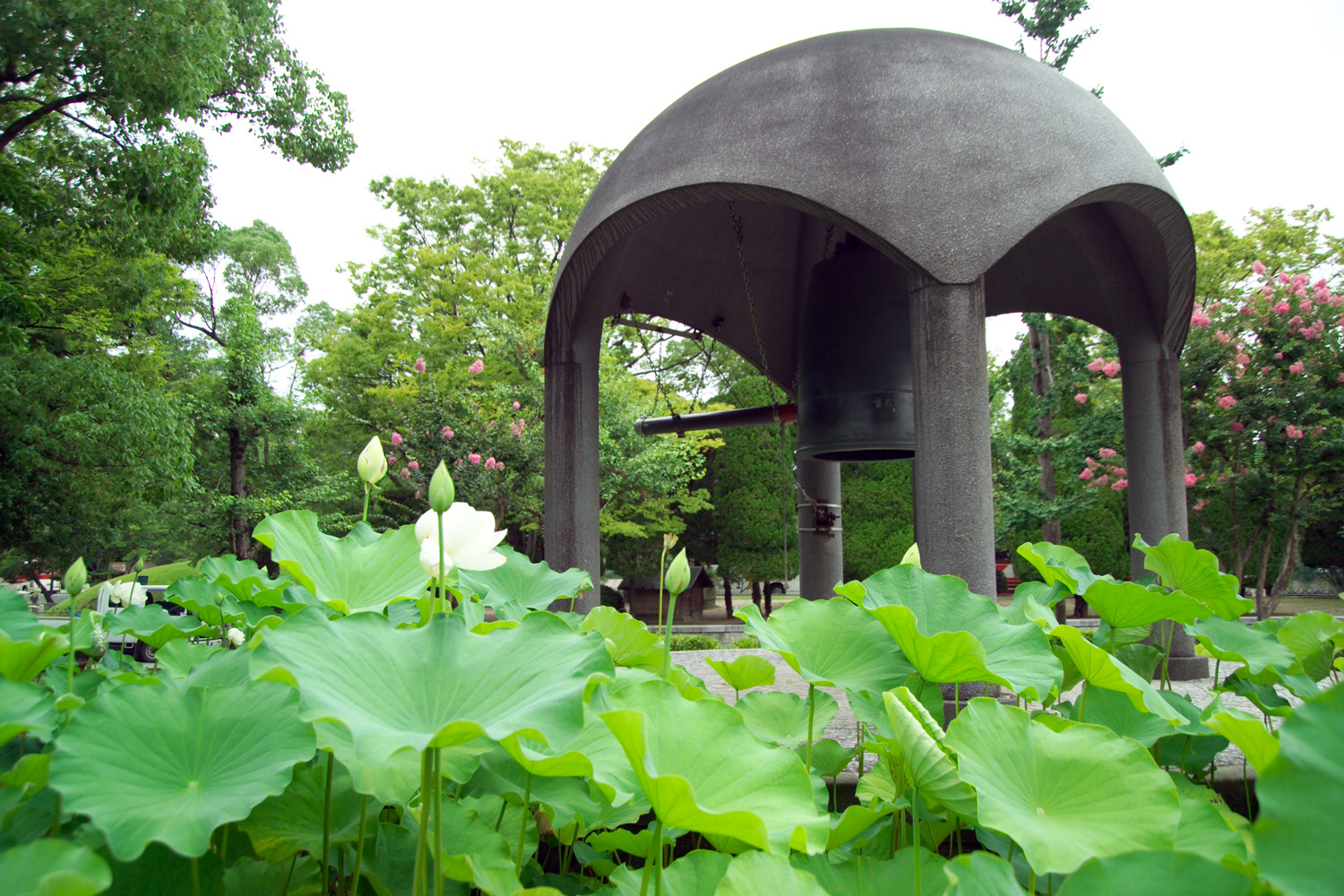Japan was one of the Axis powers in World War II. Its attack on Pearl Harbor, HI, on December 7, 1941 brought the US formally into the war. Japan also attacked British, Dutch, and American possessions in the Southwest Pacific around the same time. Previously, Japan had invaded Chinese territory in Manchuria in 1931, as part of its expansionist ambitions, and had attacked China outright in 1937. In addition to troops from China, Britain, and the US, substantial numbers of Australian and New Zealander troops were engaged in fighting Japan in the Pacific Theater. By the time the atomic bombs were ready for use, the other main Axis powers, Germany and Italy, had already capitulated. Japan stood as the only enemy left fighting against the Allies. The use of the atomic bombs was a part of the effort to get Japan to surrender, though their exact role in the surrender has been a matter of historical debate. For more on Japan during the war, see the Atomic Heritage Foundation’s articles on the Japanese Atomic Bomb Project, Debate over the Japanese Surrender, and Emperor Hirohito. For more on the bombing sites today, see the location page for Japan.
Members of the Manhattan Project also participated in surveys of the sites of the atomic bombing after the Japanese surrender in August 1945. Led by General Thomas Farrell and radiation experts from the project, they took readings with Geiger counters and photographs of the destruction caused by the bomb. Other members, led by Major Robert Furman, investigated if their had been a Japanese atomic bomb project. Furman concluded that, though there had been some initial attempts at researching atomic weapons, there was “no serious project” in Japan. For a full description of the survey missions, see Surveys of Hiroshima and Nagasaki.




